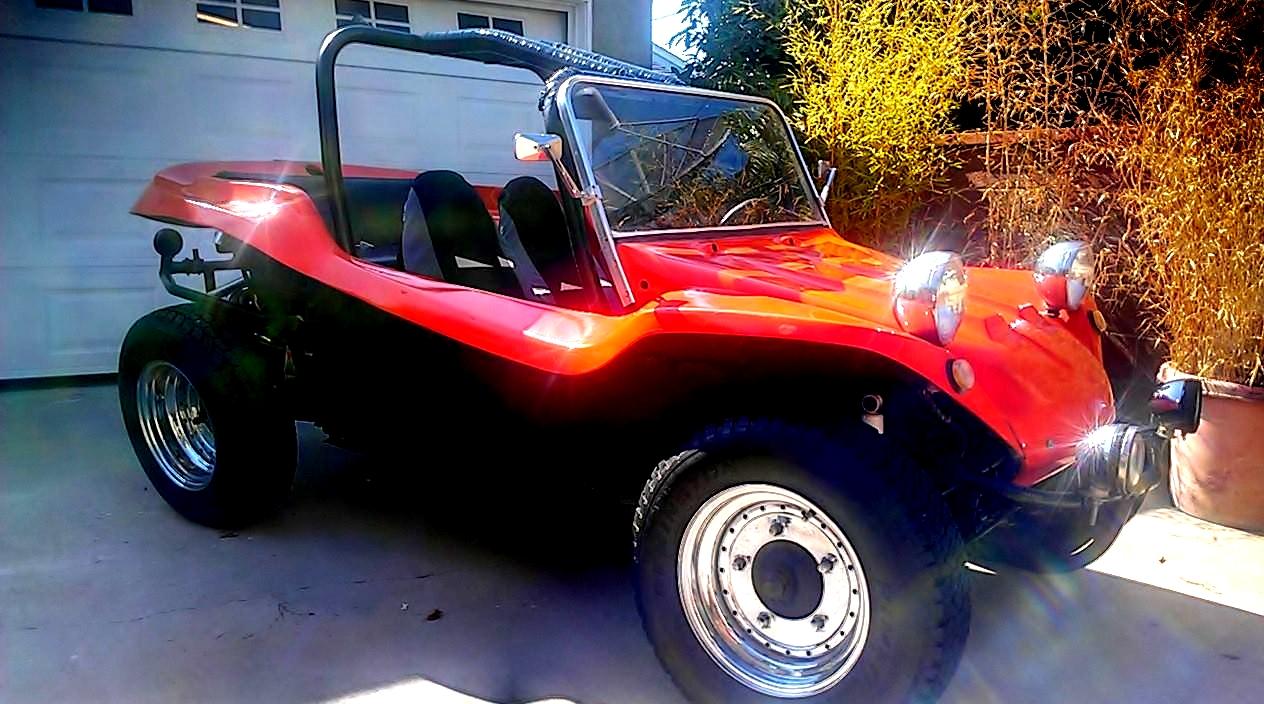

"The SAS Used to Drive Bright Pink Vehicles During the Gulf War". Desert Battles: From Napoleon to the Gulf War.

The difference may be little more than fitting all-terrain tires instead of sand tires and the much smaller size of the engine.
#Modern dune buggy kits windows
ĭune buggies are recreational vehicles that are used in difficult terrain like dirt, sand gravel and it has more engine power and lighter frame to increase the power-to-weight ratio where as sandrails are made from existing vehicles, typically you wont find windows doors or even body panel on sand rail.Ī similar, more recent generation of off-road vehicle, often similar in appearance to a sandrail, but designed for a different use, is the " off road go-kart". Sizes can vary from a small-engine one-seat size to four-seat vehicles with eight or more cylinders. Sandrails, as per dune buggies, often have the engine located behind the driver. The advantage of this method is that the fabricator can change fundamental parts of the vehicle (usually the suspension and addition of a built-in roll cage). The name sandrail is due to the frame "rails" present. Sandrails are usually built as a spaceframe by welding steel tubes together. Sandrail Ī sandrail is a lightweight vehicle similar to a dune buggy, but designed specifically for operation on open sand. These types of dune buggies are known as "clones". Many other companies worldwide have been inspired by the Manx, making similar bodies and kits. Bruce Meyers designed his fiberglass bodies as a " kit car", using the Volkswagen Beetle chassis. The original fiberglass dune buggy was the 1964 " Meyers Manx" built by Bruce Meyers. While early dune buggy conversions were left with no body, or featured custom bodies of sheet metal (such as the EMPI Sportsters and similar buggies), glass-reinforced plastic ( fiberglass) bodies, developed in the 1960s, have become the standard image of the modern buggy, and come in many shapes and sizes. Furthermore, spare parts - and donor vehicles themselves - were cheap and readily available. The model is nicknamed Bug, lending partial inspiration to the term "buggy." The Beetle platform chassis was used because the rear engine layout improves traction, the air-cooled engine avoids the complexities and failure points associated with a water-cooled engine, the Beetle's front torsion bar suspension was not only considered cheap and robust, but it was also extremely easy to alter and adjust its ride-height. A dune buggy can be created by modifying an existing vehicle or custom-building a new vehicle.ĭune buggies are typically created by modifying an existing road vehicle, while sandrails are built from the ground up as a custom vehicle.įor dune buggies built on the chassis of an existing vehicle, the Volkswagen Beetle has been most commonly used as the basis for the buggy, though conversions were made from other cars (such as the Corvair and Renault Dauphine). The design is usually a topless vehicle with a rear-mounted engine.

Greek beach buggy built by Pan-Car in 1980sĪ dune buggy - also known as a beach buggy - is a recreational motor vehicle with large wheels, and wide tires, designed for use on sand dunes, beaches, off road or desert recreation.


 0 kommentar(er)
0 kommentar(er)
